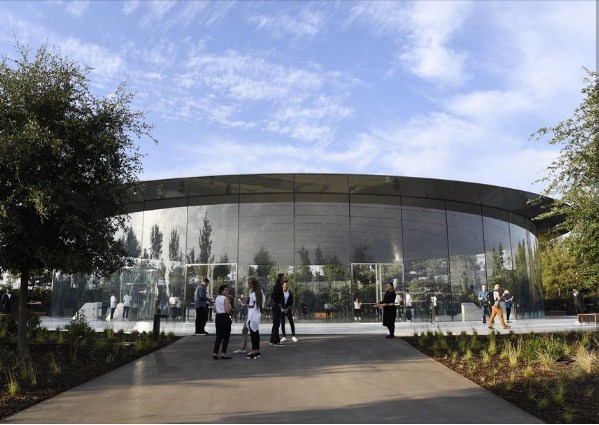
How much did it cost to build Apple Park?
Apple spent at least $ 1.50 billion on construction for new Cupertino HQ, building permits show
So far, no one outside of Apple knows for sure. Early sites suggested the company was ready to spend up to $ 5 billion on the project, which broke ground in 2013 and was nearly immediately plagued with cost overruns and missed deadlines.
A new analysis of publicly available building permits from San Francisco-based BuildZoom meant the company spent a minimum of $ 1.50 billion on construction costs alone. That estimate does not take into account the cost of land, demolition of existing buildings, and design costs.

Browse through the gallery above to get a closer look at the campus
Not surprisingly, the most expensive building at Apple Park is the “spaceship,” the 2.8 million-square-foot, circular glass building at the center of the campus. Total estimated construction cost $ 427 million.
The four-story building will eventually house some 12,000 employees. Its exterior, which measures a mile in circumference, features 3,000 custom, curved glass windows. The building alone cost nearly $ 232 million, while steel landscaping and irrigation cost $ 85 million.
The “spaceship” has an entrance tunnel to its underground garage ($ 26 million), onsite utilities ($ 23 million), a solar roof ($ 14 million) and two outdoor dining areas ($ 8.9 million).
Other big-ticket buildings includ e the $ 179 million Steve Jobs Theater (which had its public debut last month at the launch of the iPhone X), a glass-encased office building ($ 115 million), twin parking structures ($ 113 million) and the Visitor Center ($ 109 million).
In case you’re curious, the cheapest construction project at ApplePark was the renovation of the Glendenning barn, a simple redwood barn built in 1916 by the farming family who first owned the land near the intersection of Wolfe and East Homestead. Rather than moving the barn, Apple spent $ 360,000 to preserve the building, which will reportedly be used to store landscaping equipment.
